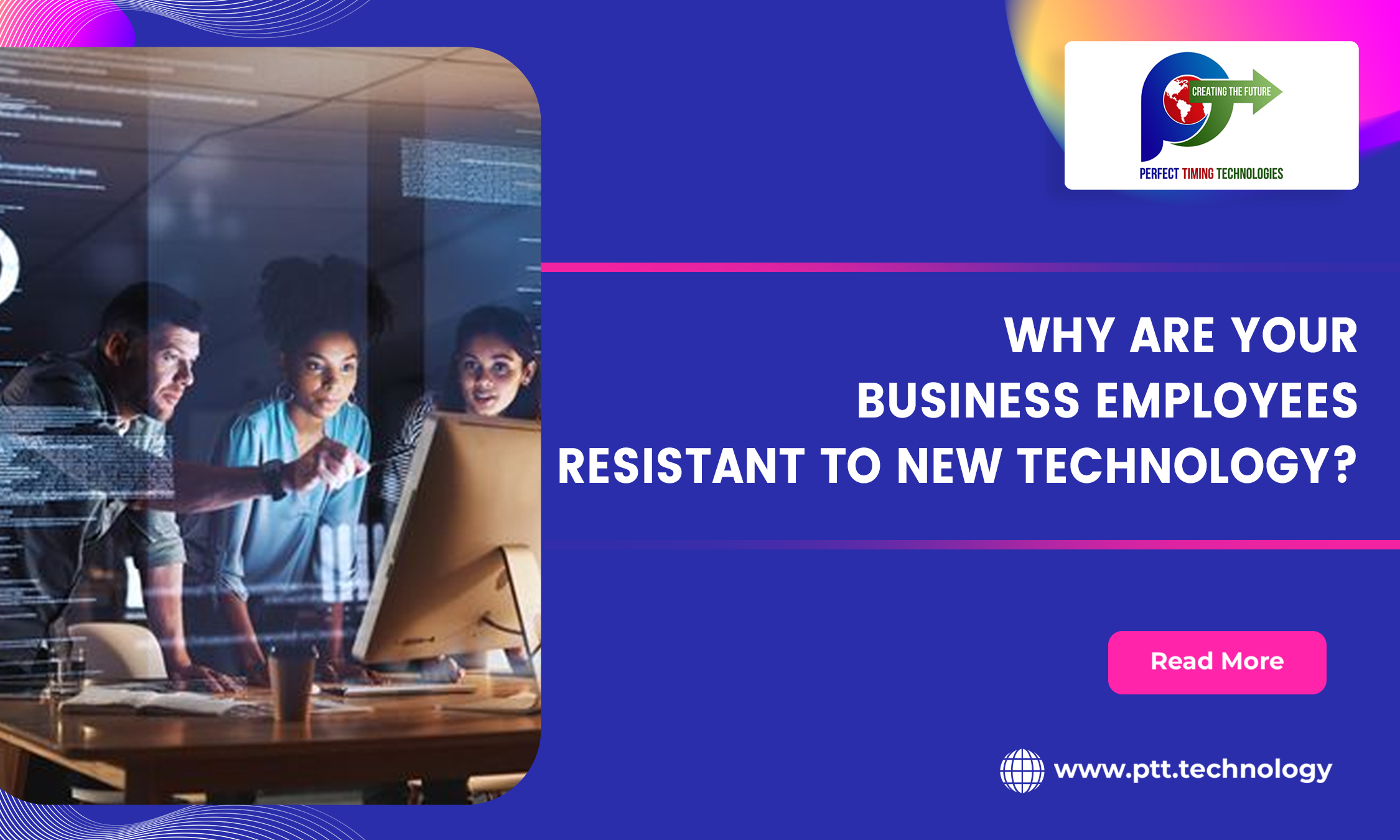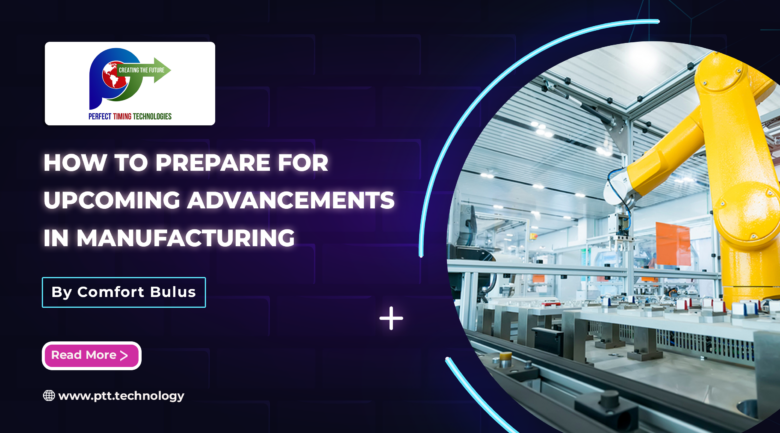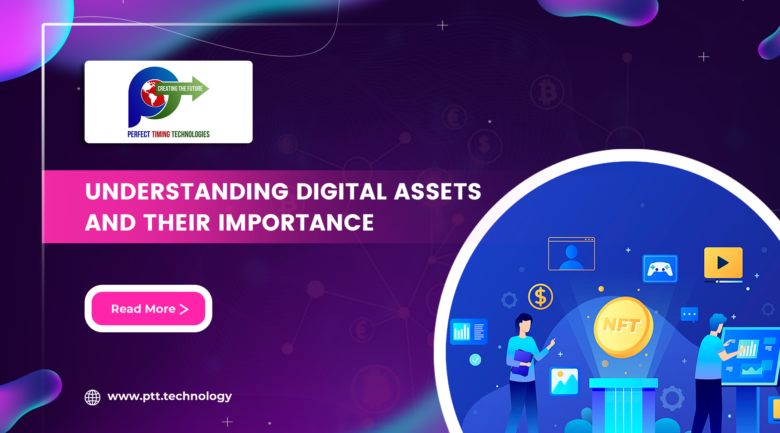
The adoption and use of new technological solutions across the business world have become popular in recent years. But still, we find that the rate of digital adoption is low despite the increase in technological advancements.
So today, we shall discuss the factors that resist the employees to implement digital solutions in an organization’s core operations and their day-to-day tasks.
Common Reasons Why Employees are Resistant to Technology
Employees can be resistant to new technology for several reasons. Some of the common factors contributing to this resistance include:
- Change Acceptance: Change can be unsettling for many employees, and introducing new technology affect workflows, processes, and job roles. Employees might fear new technology will disrupt their routines or make their jobs more challenging.
- Unfamiliarity: If employees are unfamiliar with the new technology and do not possess necessary skills to use it effectively, they may feel anxious about adopting it. Inability to use the technology competently can lead to resistance.
- Job Insecurity: Some employees believe that new technology will automate or streamline their tasks leading to concerns about job security. They may worry that the technology will make their roles redundant.
- Work-Life Imbalance: Introducing new technology might require additional training or working longer hours during the implementation phase. Employees might resist if they believe this could negatively impact their work-life balance.
- Trust Issues: Employees might distrust the new technology or the intentions behind its implementation. This lack of trust could arise from concerns about data privacy, security breaches, or using technology to monitor their activities.
- Following Senior Employees: Senior employees who have been with the organization for a long time might be more resistant to change, as they have become accustomed to the existing systems and may perceive new technology as unnecessary.
- Inadequate Training and Support: When employees do not receive proper training or ongoing support during the implementation of new technology, they may feel overwhelmed and resistant to using it.
- Organizational Culture: An organization’s culture plays a significant role in how employees embrace new technology. A culture that discourages risk-taking or innovation might lead to more resistance.
Effective Ways to Help Employees Adopt New Technologies
Adopting new technologies can be challenging for employees, but it is essential for staying competitive and efficient in the modern workplace.
Given below are some strategies organizations can use to help their employees-
- Training and Education: Provide comprehensive training programs that teach employees how to use the new technologies effectively. Offer initial training sessions and ongoing support to address any questions or challenges that arise during implementation.
- Clear Communication: Communicate the benefits of the new technology clearly and explain how it aligns with the organization’s goals and objectives. Address any concerns about the technology and its impact on the employees’ roles.
- Start with Small Pilots: Begin the implementation of new technologies with small-scale pilot projects or limited rollouts. It helps employees to gain hands-on experience and build confidence in using the newly introduced IT tools.
- Incorporate Feedback: Encourage employees to provide feedback during the implementation process. This feedback can help address any issues and make necessary adjustments to improve the technology’s adoption. Encourage employees to share their experiences, tips, and best practices with each other.
- Lead by Example: Have managers and leaders embrace the new technologies and demonstrate their benefits. When employees see their leaders actively using the technology, they are more likely to follow suit.
- Offer Support and Resources: Ensure that employees have access to the necessary resources and support to use the technology effectively. This might include technical support, online documentation, or a help desk.
- Set Realistic Expectations: Set realistic expectations about the learning curve and the time it takes to fully integrate the new technologies into daily workflows. Avoid overwhelming employees with too many changes at once.
- Monitor Progress and Measure Success: Regularly monitor the progress of the technology adoption and measure its impact on productivity and performance. Use data to assess the success of the implementation and identify areas for improvement.
Final Thoughts
Change is an ongoing process and it is necessary for business organizations to keep adapting to new technologies. But to keep up with the latest technologies and adopt them is not always welcomed by employees. Therefore, the team leaders must formulate strategies and implement them to help employees quickly adopt new IT tools and gain experience in using them.
To know more about the latest innovations and make a switch to these IT solutions, talk to our IT experts.







